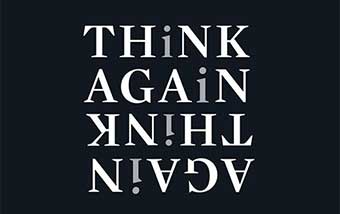Writing in Love
One Sunday, at Unity Church in St. Paul, Minnesota, Forester Church, a son of the Senator Frank Church, as pastor of the historic All Soul’s Unitarian Church in Manhattan, New York, spoke of his church’s history, and how, in the back of the church, on Sundays, for some thirty years in the late 1800’s, there sat, silently, Herman Melville.
“How did this this young man known primarily for writing light books of adventure suddenly experience one of the most remarkable bursts of creative inspiration in literary history? And why was that short period in the 1850s followed by decades of relative silence and obscurity? Melville in Love, Michael Shelden, pg. 10.
Some people have a gift. They sense it before they really know it. They don’t understand it, but they feel different. Herman Melville was one of these people, a wordsmith artist, restless for verbal expression outside of the confines of convention, a fish out of water.
“Some people are born to the wrong parents . . . I mean, that happens.” Bob Dylan
At age 25, on a whim, he joined a South Sea sailing ship into the wilds of the South Pacific. He jumped ship on a Polynesian island, and cavorted for some months with natives, the females unabashedly naked. He wrote a book about it all, and became famous. This anthropologic and philosophical travel tale, among free-living people, who at times also happened to be . . . cannibals . . . inspired many-a young sex-starved young man to follow in his foot steps. Melville returned by way of a whaling ship.
On return, he married conventionally, and financially, and strived to earn his living by writing. He had children, and his family vacationed in Pittsfield, Massachusetts. Nathaniel Hawthorne lived near by.
“He is an incalculable person, full of daring and questions. And with all momentous considerations afloat in the crucible of his mind. He tosses them in, and heats his furnace seven fold and burns and stirs, and waits for the crystallization with a royal indifference as to what may turn up, only eager for truth, without previous prejudice.” Sophie Hawthorne
In Pittsfield, Melville met Sarah Underwood, a vivacious, intelligent, beautiful, woman who was . . . married . . . to an older wealthy and boring man who spent much of his time doing business in New York City.
Herman and Sarah fell in love.
In those days, falling in love was dangerous. It could destroy your social standing. It could destroy you financially. To divorce was to become exiled.
Letters and biographical documentation, long hidden from established history, establish the love affair of Herman Melville and Sarah Underwood.
At the very same time, Herman Melville was writing the novel Moby Dick, at a desk in front of an upstairs window, looking out at Mount Greylock, in the small farm house near Pittsfield that he bought to live in, to be close to her.
Moby Dick sold only 3000 copies, in his lifetime, and earned him a total of $556.37. Forty years after his death, it was re-discovered, and came to be considered one of the greatest of American novels.
Not for nothing does Moby Dick tell the age-old story of metaphysical yearning, unrequited needs, and forbidden loves.
Sarah died of tuberculous, in just a few years.
Melville lived the rest of his life working as a customs clerk on the shipping docks of New York city, attending All Soul’s Church on Sundays, in silence, unacknowledged as the writer of a masterpiece.
He is Ishmael.
“I am tormented with an everlasting itch for things remote. I love to sail forbidden seas, and land on barbarous coasts. Not ignoring what is good, I am quick to perceive a horror, and could still be social with it – would they let me – since it is but well to be on friendly terms with all inmates of the place one lodges in. . . By reason of these things, then, the whaling voyage was welcome; the great flood-gates of the wonder-world swung open . . .” Moby Dick, or The Whale.









